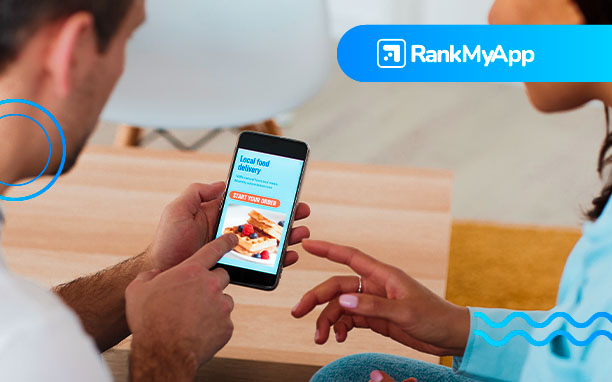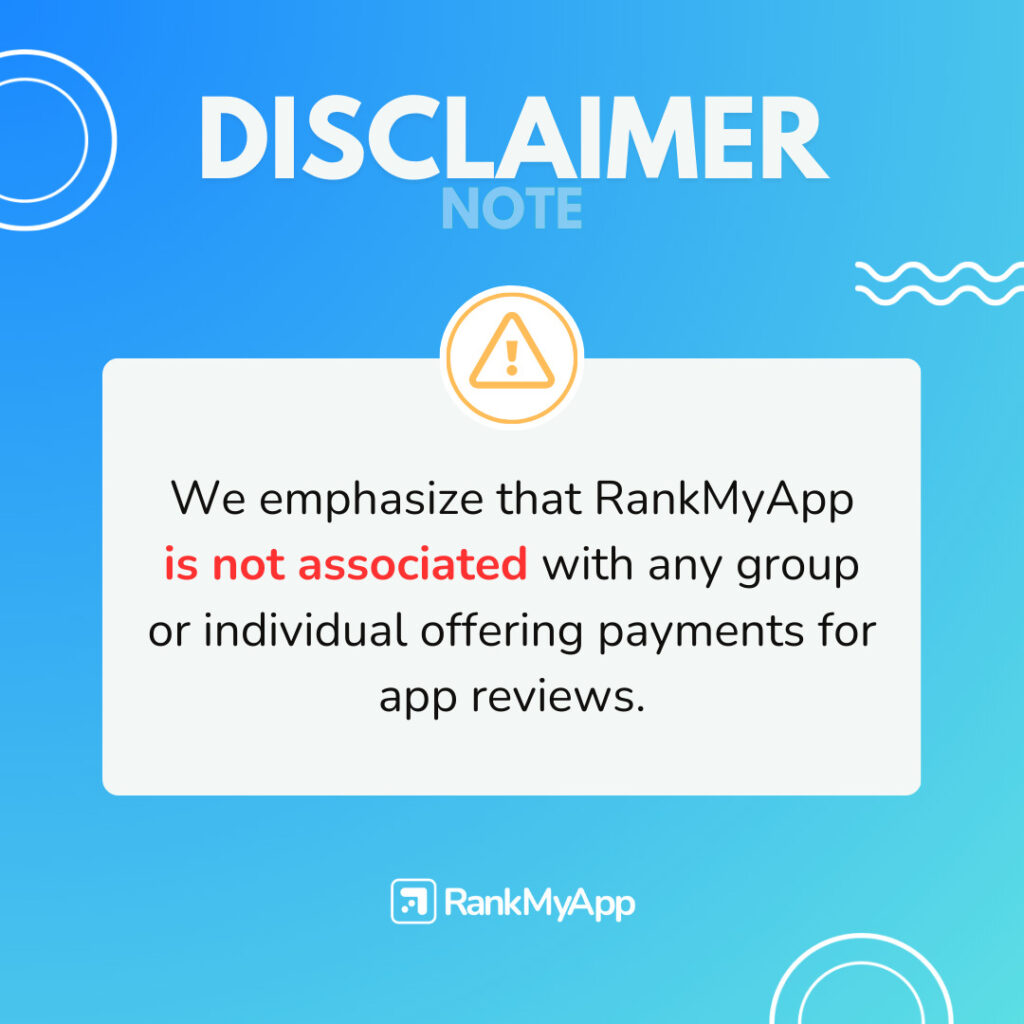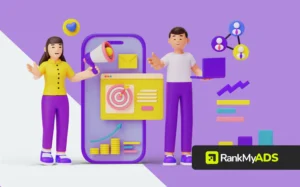Retargeting represents a sophisticated yet accessible solution for brands seeking to re-engage with lost or inactive prospects, nurture them through the conversion funnel, and ultimately drive revenue growth. By harnessing the power of data-driven insights and personalized messaging, retargeting empowers advertisers to deliver relevant and impactful experiences that resonate with users, fostering long-term relationships and driving business success.

What is Retargeting?
Retargeting, often referred to as remarketing, is a sophisticated digital marketing tactic that aims to re-engage with users who have previously interacted with a brand’s online platforms but did not take the desired action. As described, search remarketing specifically targets the majority of potential customers who did not convert initially, focusing on the 98% who left without making a purchase or completing a specific goal, rather than solely concentrating on the 2% who did.
In the context of an e-commerce website, retargeting becomes particularly valuable. Consider the scenario of abandoned shopping carts, where users add items to their carts but leave the site without completing the checkout process. This behavior is quite common in online shopping. However, it’s essential to recognize that these users, who demonstrated interest by adding items to their carts, represent valuable opportunities for conversion.
Retargeting allows businesses to strategically reconnect with these users by displaying targeted ads as they continue their online activities.
These ads serve as gentle reminders of the products left behind in the cart, effectively nudging users to return to the website and complete their purchase.
Moreover, remarketing goes beyond just reminding users about their abandoned carts. It can encompass various other actions and interactions, such as browsing specific product pages, signing up for newsletters, or even simply visiting the website without taking any further action. By leveraging retargeting strategies across multiple touchpoints, businesses can tailor their messaging to align with users’ specific interests and behaviors, thereby increasing the likelihood of conversion.
How does Retargeting work?
It works in an amazing way. It’s based on what is known as “cookie technology.” When new customers visit your website, you can keep a tab on their activities or journey without obstructing the performance of your website.
This is possible with the aid of a specialized code called pixel. Pixel operates in stealth mode. So, you don’t have to bother about the code interfering with the user experience.
Pixel makes use of cookies to notify your provider about the customers whenever they come online. This system enhances proper timing for sending ads that will motivate customers to take action and incomplete their orders.
This strategy is especially beneficial for sending your ads to people who are already familiar with your brand. You need an expert App Store Optimization company to implement this strategy. Here is an illustration to help you understand this practice better.
First, a potential customer or client visits your website, looked around for some time, and left without taking any desired action (like downloading or purchasing any product.) If you had a remarketing system in place, it picks up the customer’s journey and follows up with retargeting ads when next they come online.

How effective is?
Ads yield remarkable results as a digital marketing tool, especially for branding and conversion optimization. This strategy is versatile and performs exceptionally well when used in conjunction with other marketing strategies like content optimization and targeted ads.
To run a brilliant marketing campaign, you should leave it to professional App Store Optimization companies. First of all, it is important to know that this practice is a cheap and yet very effective marketing strategy that is suitable for virtually every online business.
How to apply retargeting in your business?
This practice can be achieved via App Store optimization. Optimizing your website or mobile app makes it perform at optimal capacity. Behavioral retargeting is a fascinating way of sending out ads.
With the aid of machine learning, behavioral retargeting helps business owners identify their target market or audience through a previous internet journey. Similar to this is dynamic remarketing.
What is dynamic retargeting?
This form of strategy is also known as personalized retargeting. Why? This is because it delivers custom ads based on specific search history or web pages customers visit.
If a customer dash to your website and checks a variant of your product or services, he or she will get ads related to that product the next time he comes online. Combined, both dynamic and behavioral retargeting help to re-engage your customers.
Have you thought about how potential customers on social media platforms can impact your brand? It’s worth trying. The few who have implemented this form of retargeting attest to its effectiveness.
One of such social media is Facebook retargeting. Just as the name implies, your app optimization company focus ads to billions of prospective customers on Facebook.
So, the next time potential customers leave your website on the order page. You can rely on algorithms to lead them back by engaging them and serving timely banners or ads.
Implement retargeting with RankMyAPP
There are a lot of ways to implement this strategy on your website or within your app. You can learn more from by submitting to RankMyAPP’s contact. Check our blog for more information on mobile marketing.





